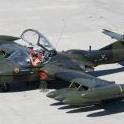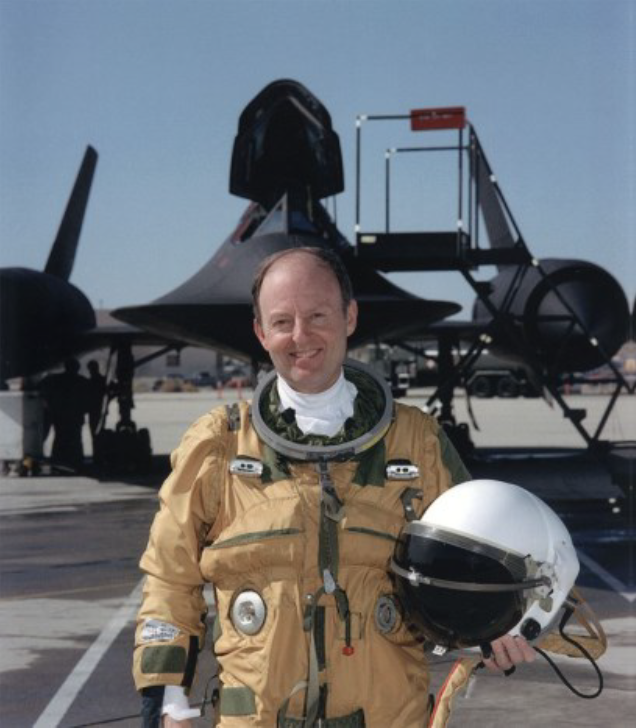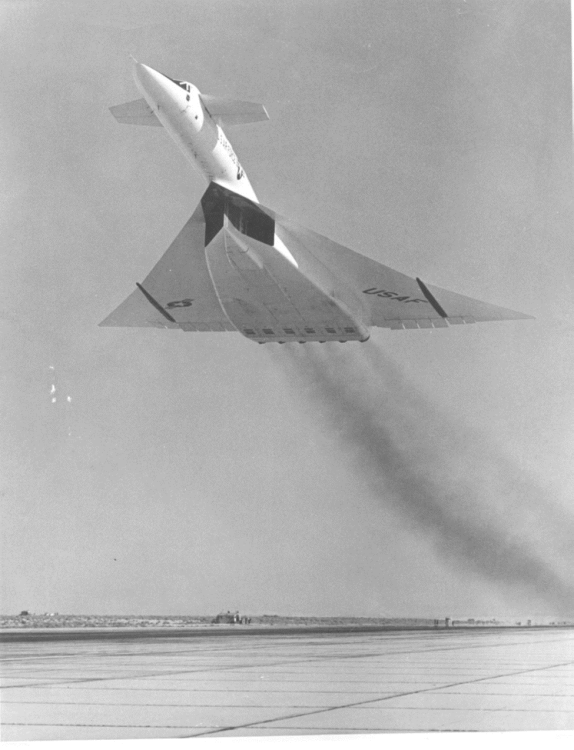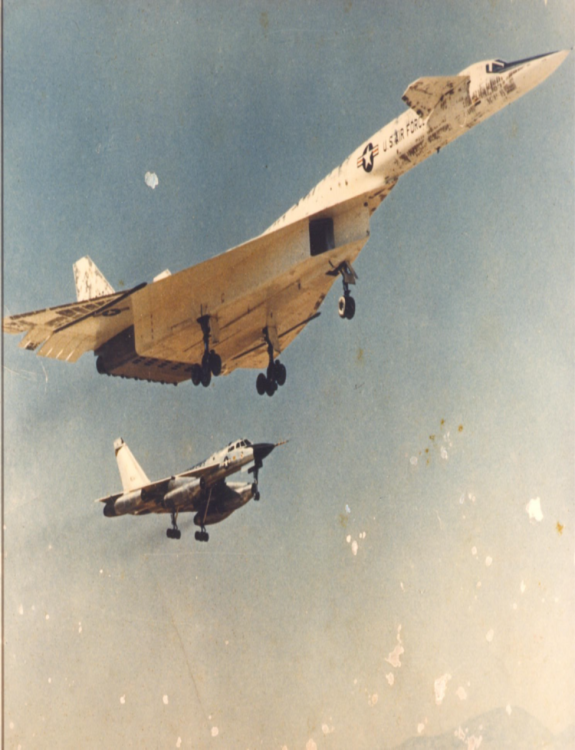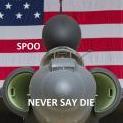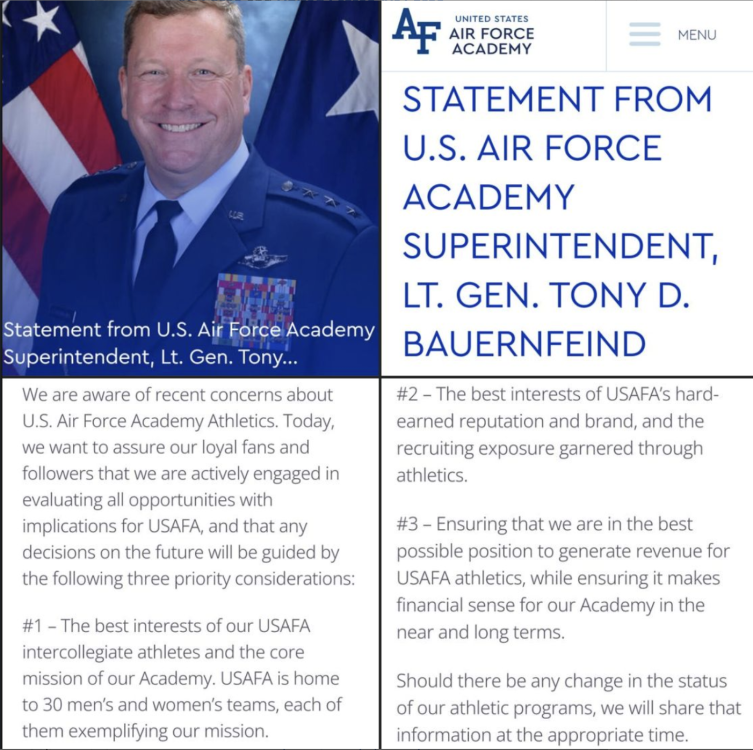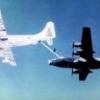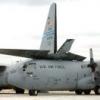Leaderboard
Popular Content
Showing content with the highest reputation on 10/08/2024 in all areas
-
I contemplate what would be different, had we spent $2 trillion on Mexico (and other Central American nations) instead of Afghanistan. That money certainly didn't win us the war. I think back to 2004 and deployments from then. That was a long time ago. If we spent $300,000,000 every DAY since 2004, that sum today would be... ... $2 trillion. That may have done something significant to preserve the dying Monroe Doctrine.5 points
-
How have we gone this far discussing multiple pumps, high pressure flow rates, and receiver plumbing without talking about BQZip's mom?4 points
-
Tomorow (9 Oct 2024) marks the twenty-fifth anniversary of when the SR-71 (unofficially nicknamed the “Blackbird” on account of its eye-catching—and high-emissivity—black paint scheme) flew its very last flight during an Edwards AFB Open House and Air Show on 9 Oct 1999. Designed by the Lockheed Corporation (today Lockheed Martin) from their earlier A-12 and YF-12A aircraft, the SR-71 was a long-range strategic reconnaissance aircraft—that also ranked as the world’s fastest and highest-flying production aircraft. First flying in December 1964, the SR-71 entered service with the Air Force in 1966. It was retired from the operational Air Force inventory on 26 Jan 1990, largely due to its high cost of operation, but continued to fly for NASA through the ’90s. The SR-71’s last flight was performed by NASA 844 (an SR-71 A-model, s/n 61-7980) and it was flown by NASA pilot Rogers E. Smith (pictured here with a NASA SR-71 in 1992). Smith flew the SR-71 up to 80,100 feet on this sortie, and achieved speeds of Mach 3.21. The aircraft was actually supposed to fly one more day, with its final flight originally planned for 10 Oct 1999—but a fuel leak grounded it after its flight on the 9th. (Photo: NASA)3 points
-
This Saturday marks the 60th anniversary of the XB-70 exceeding Mach I for the first time! In 1954, the US Air Force issued a General Operational Requirement calling for a strategic bomber to replace the Boeing B52—which had not yet even become operational. After further studies and refinement over the ensuing months, Weapons System 110A emerged, specifying a large payload, intercontinental range, subsonic cruise, “maximum possible” speed during a lengthy “penetration dash,” and an operational date of 1963. Only Boeing and North American Aviation elected to take on this considerable challenge. It was just seven years after the tiny, rocket-powered X1 first “broke the sound barrier,” but now the Air Force wanted to fly a massive bomber across the world, at a minimum of 60,000 feet, going two or three times as fast as Chuck Yeager did. Even current fighters could not hit these performance requirements, regardless of range. To further complicate the design, the contract also called for a reconnaissance version of the plane to be developed simultaneously. The radical specifications resulted in initially radical designs from Boeing and North American. Both concepts used disposable fuel tanks and weighed threequarters of a million pounds (for comparison, a B52 is less than 200,000 pounds). Realizing the folly of this approach, the Air Force permitted more technology/performance tradeoffs and, in 1957, selected North American’s new design, dubbed the XB70, as the winner. It featured a massive delta wing, six engines that propelled it beyond Mach 3, and an extended “swan neck” front fuselage that was graced by canards (small control wings) on either side. But from the fall of 1957 into 1958, global events outpaced the program. The Soviets had launched Sputnik, the world’s first artificial satellite, and the US had drastically accelerated its Intercontinental Ballistic Missile (ICBM) programs. The ICBMs topped with nuclear warheads could hit the Soviet Union faster (and more cheaply), were nearly invulnerable to interception, and would be ready sooner than massive and expensive bombers like the XB70. The resulting debate was heavily swayed by the ICBM, the potential vulnerability of even highspeed aircraft to interception or surface to air missiles, and by the cancellation of a related fighter program that used many of the same systems, thereby sharing development costs. After several fits and starts, the XB70 program was reduced to just two airframes as prototype/research demonstrators. The first XB70 Valkyrie rolled out of the North American plant at Palmdale, California, on 11 May 1964, and made its first flight on 21 September, concluding at the adjacent Edwards AFB for the rest of the test program. The pilots had planned to take the Valkyrie past Mach 1 on that maiden voyage, but its landing gear got stuck in the lowered position. A second attempt had a hydraulic failure and saw a “large amount” of paint peel from the aircraft (below). Finally, on 12 October 1964, the XB70 exceeded the speed of sound for the first time. The remaining test program experienced a fair share of difficulties, culminating in a midair collision that destroyed the second prototype. NASA briefly flew the remaining airplane for further research, until it made its final journey—to Wright-Patterson AFB for display at the National Museum of the USAF. (Photos: NMUSAF) B-58 Hustler: Length: 96 ft 9.4 in, Wingspan: 56 ft 9.9 in XB-70 Valkyrie: Length: 186 ft, Wingspan: 105 ft3 points
-
2 points
-
2 points
-
1 point
-
1 point
-
1 point
-
PACAF already surrendered to the Navy, so they have practiced for China.1 point
-
I can attest to this as well. Hopefully some of the investigations going on can find a way to stick and get him out. He is out of touch.1 point
-
1 point
-
1 point
-
1 point
-
1 point
-
And that's great. But that's not really the threshold for "making a difference." Obviously everyone is glad you did that. But it didn't change the status quo, it didn't move the ball forward towards worldwide stability, and it certainly won't be considered as historically significant. Again, I'm glad I served. But the organization I served in, and the strategic objectives of that organization don't seem to have done... anything. Or with a more cynical perspective, made things worse. And I 100% blame the political leadership for that. It's not about blame, just results. And I'm not sure I see what was accomplished by OEF/OIF/OFS/OIR, other than the first few months of annihilating the Taliban as revenge. I enjoyed serving. But I didn't make the world a better/safer place in the long run because those in charge failed to use our efforts effectively (or with any particular goal in mind). Afghanistan is still run by the Taliban, with newer, better weapons and equipment. Saddam is gone, and Iraq is a bigger mess. Libya is a mess. Tunisia, meh. Iran is still exporting terror and chaos all over the Middle East. Pakistan is still a shitty ally. Syria is more of an enemy than before. Turkey is belligerent to any Western interests, but can fuck up NATO votes. Islamic extremism has spread through more of the West than when 9/11 happened. And all of that added to a catastrophic debt situation. Tactically, I agree. But a huge amount of the threats we neutralized were threats directly related to our presence. That's not to say we were at fault and caused the threats by being there, but it was still a self-fueling war. I'm not mad about it. I just see an organization that has resoundingly failed at every major endeavor (again, strategic level, not warfighter level) and yet those who led us through failure have never been held to account. It should surprise no one that an organization with no real goal, no real accountability, and no remaining identity (modern-day DOD) would create and attract the types of leaders we talk about here every day. This is not what successful organizations look like.1 point
-
1 point


